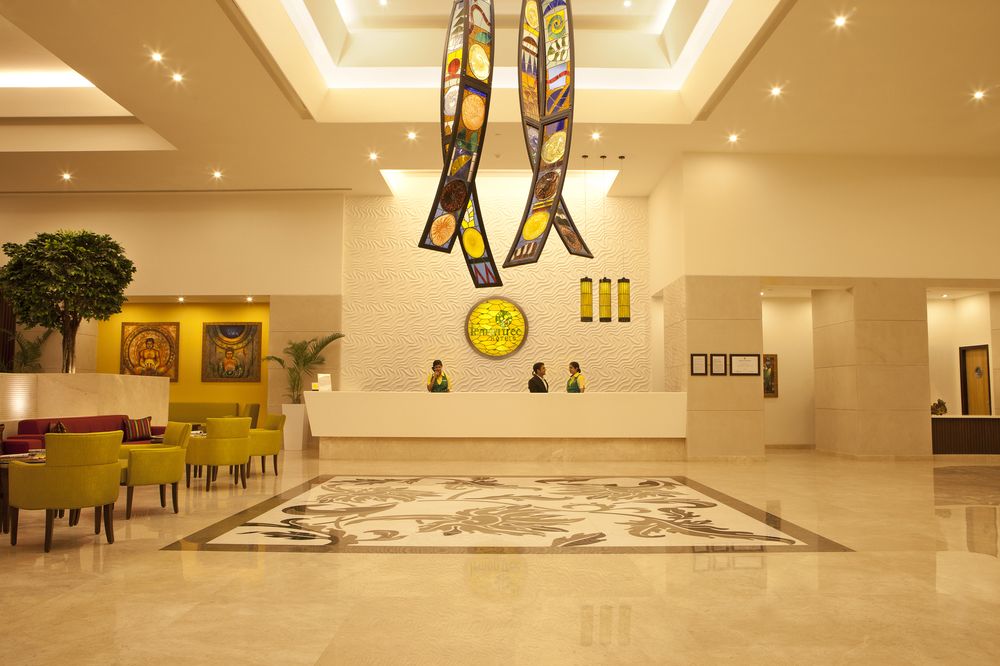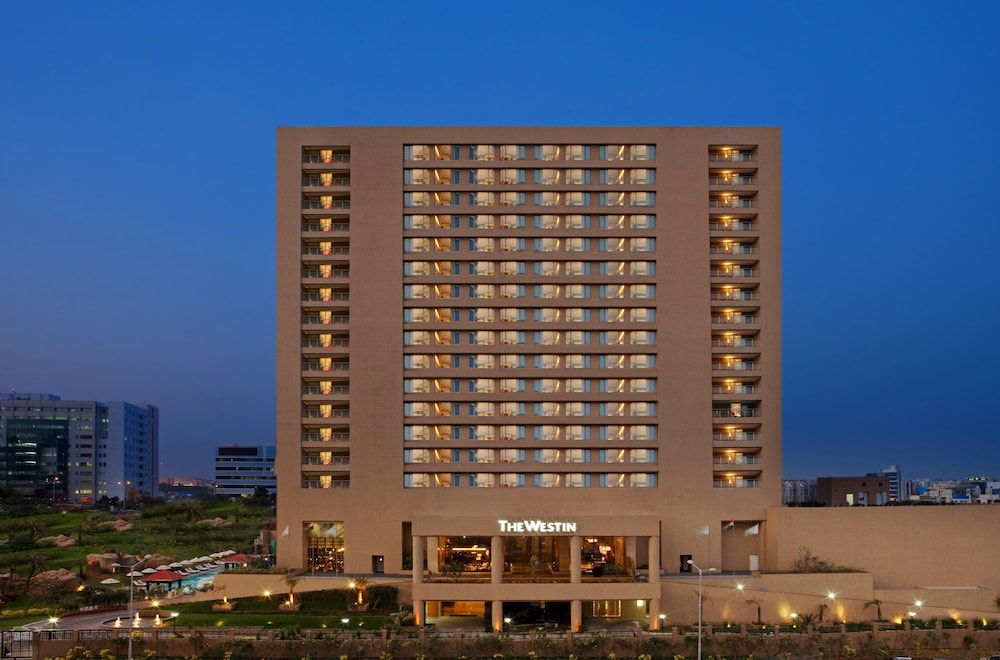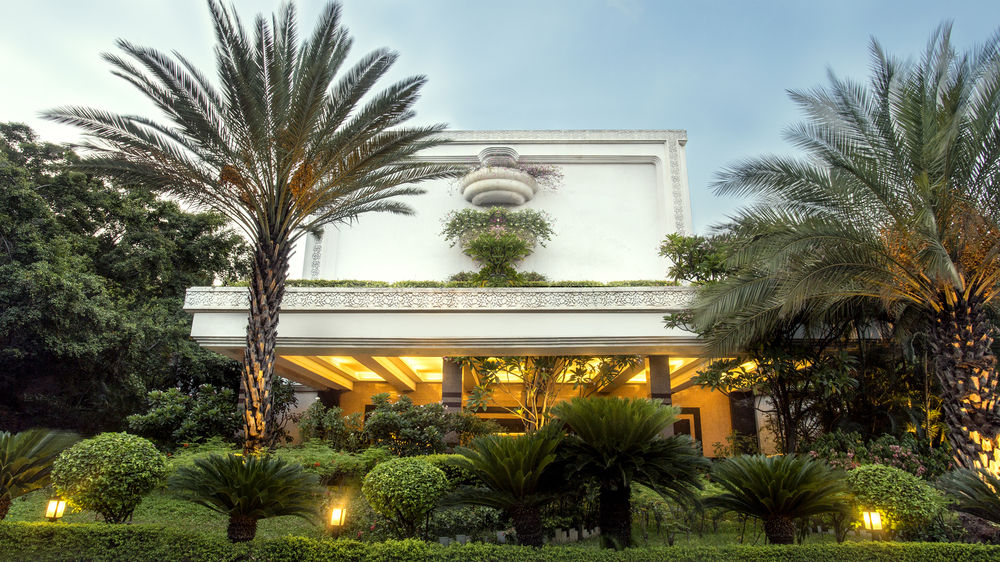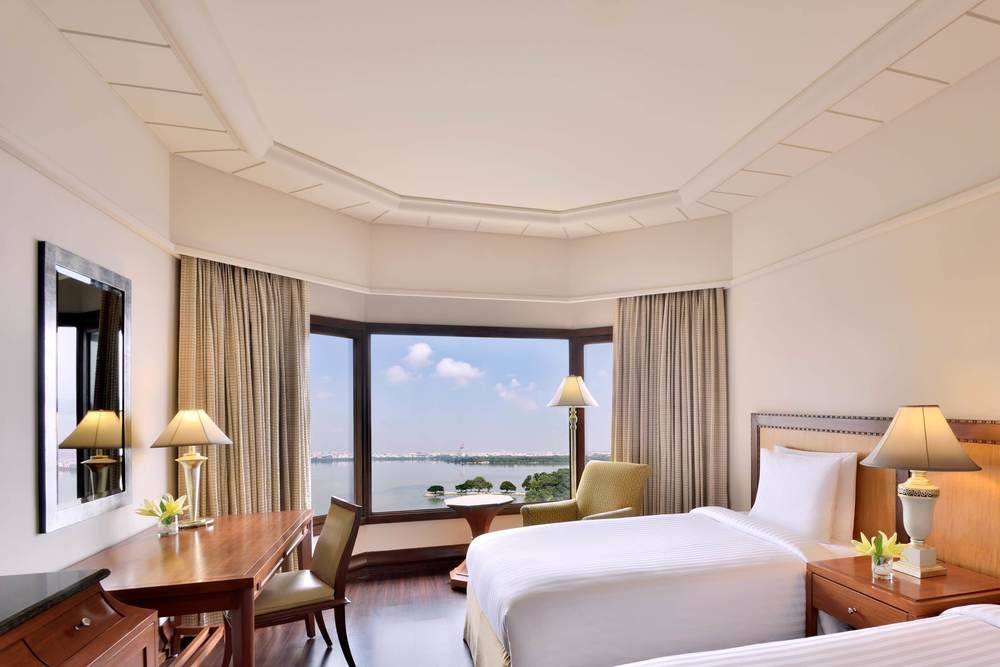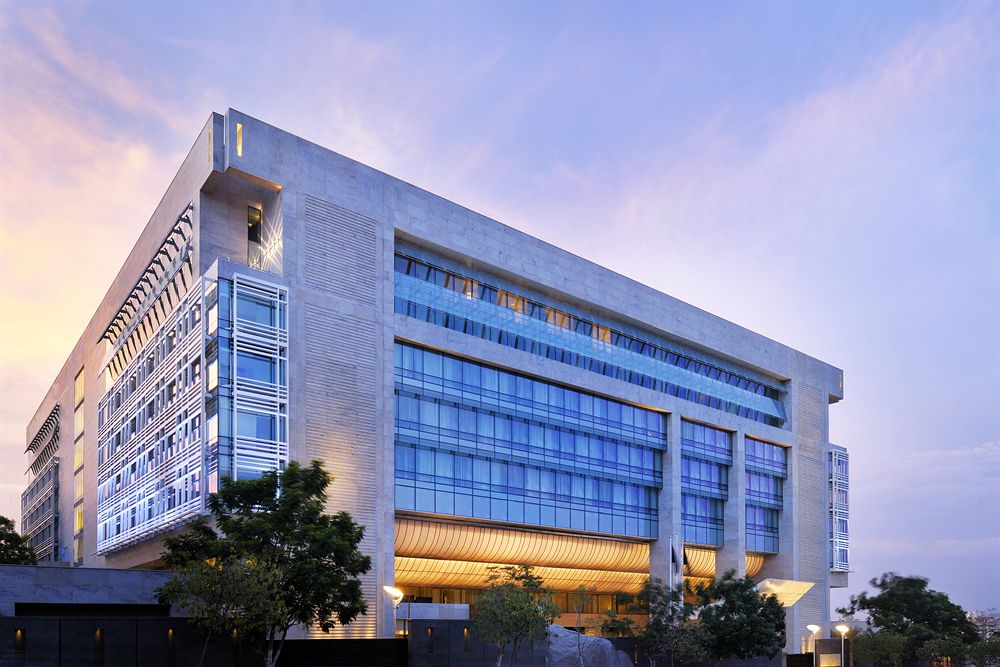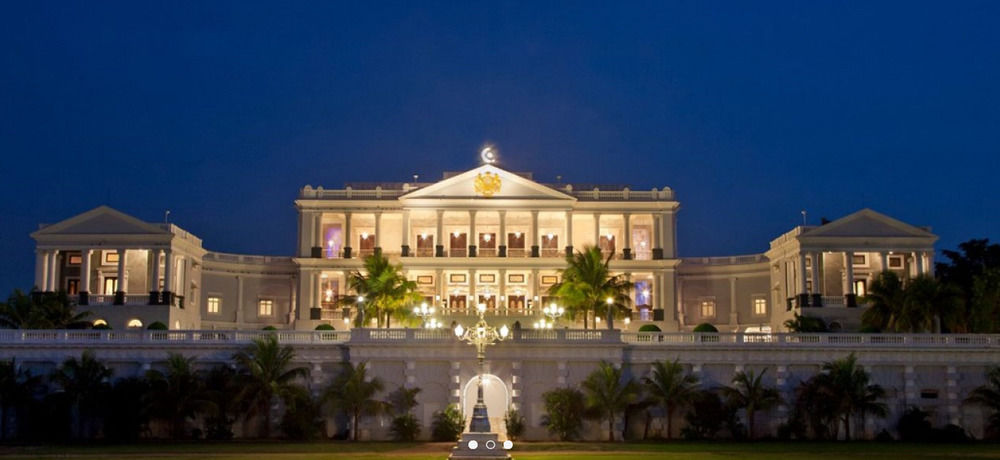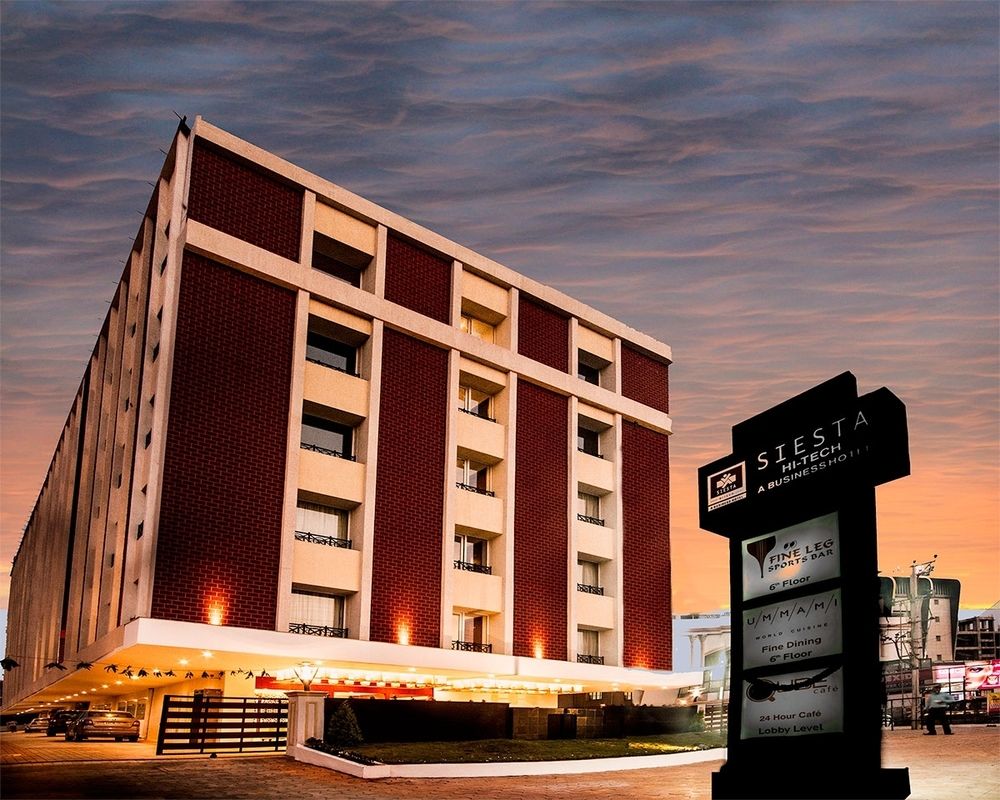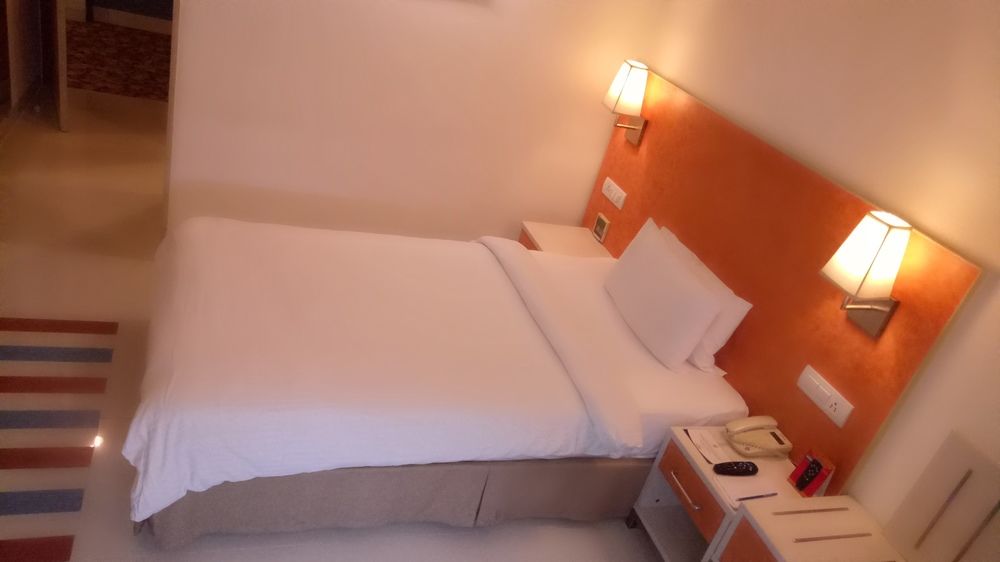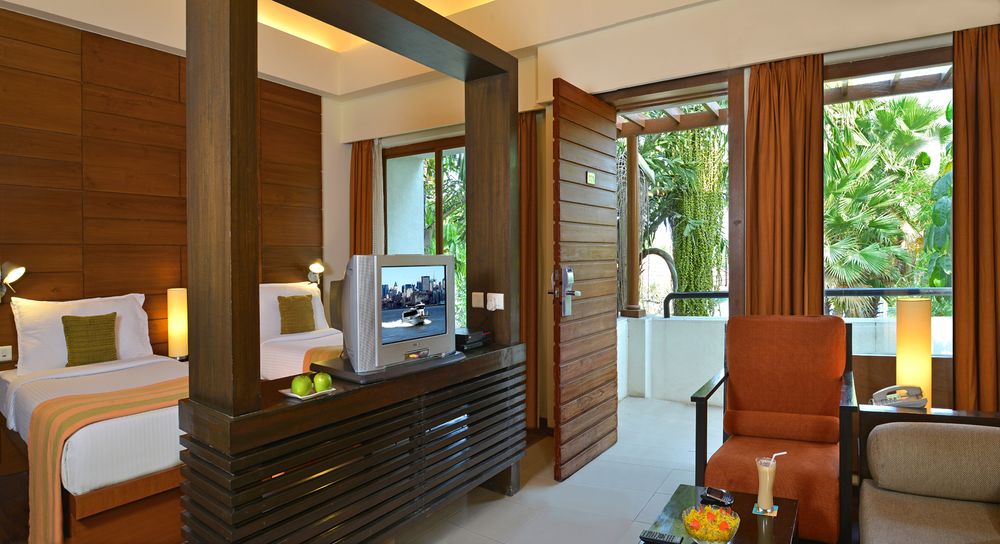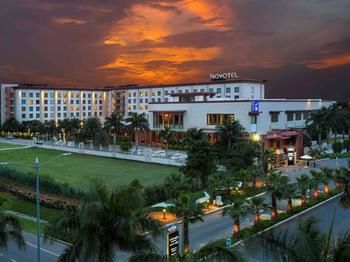
ハイデラバードホテル検索結果
AIが見つけた軒のホテルの最安値をご覧ください。
ベストホテル
最安値のホテル
ホテル等級
AIおすすめ
ハイデラバードベストホテル
ハイデラバード 最低価格のホテル
最高評価のホテル
ハイデラバードにある5つ星ホテル
ハイデラバードにある4つ星ホテル
ハイデラバードにある3つ星ホテル
AIがおすすめする世界の旅行先
ハイデラバード近くのホテル情報
ハイデラバード 旅行に欠かせない情報
Hyderabad ( ( listen) HY-dər-ə-baad) is the capital of the Indian state of Telangana and de jure capital of Andhra Pradesh. Occupying 650 square kilometres (250 sq mi) along the banks of the Musi River, it has a population of about 6.9 million and a metropolitan population of about 7.75 million, making it the fourth most populous city and sixth most populous urban agglomeration in India. At an average altitude of 542 metres (1,778 ft), much of Hyderabad is situated on hilly terrain around artificial lakes, including Hussain Sagar—predating the city's founding—north of the city centre.
Established in 1591 by Muhammad Quli Qutb Shah, Hyderabad remained under the rule of the Qutb Shahi dynasty for nearly a century before the Mughals captured the region. In 1724, Mughal viceroy Asif Jah I declared his sovereignty and created his own dynasty, known as the Nizams of Hyderabad. The Nizam's dominions became a princely state during the British Raj, and remained so for 150 years, with the city serving as its capital. The city continued as the capital of Hyderabad State after it was brought into the Indian Union in 1948, and became the capital of Andhra Pradesh after the States Reorganisation Act, 1956. Since 1956, Rashtrapati Nilayam in the city has been the winter office of the President of India. In 2014, the newly formed state of Telangana split from Andhra Pradesh and the city became the joint capital of the two states, a transitional arrangement scheduled to end by 2025.
Relics of Qutb Shahi and Nizam rule remain visible today; the Charminar—commissioned by Muhammad Quli Qutb Shah—has come to symbolise Hyderabad. Golconda fort is another major landmark. The influence of Mughlai culture is also evident in the region's distinctive cuisine, which includes Hyderabadi biryani and Hyderabadi haleem. The Qutb Shahis and Nizams established Hyderabad as a cultural hub, attracting men of letters from different parts of the world. Hyderabad emerged as the foremost centre of culture
 時間 UTC+06
時間 UTC+06 通貨 INR
通貨 INR 言語 Hindi, English, Bengali, Gujarati, Kashmiri, Malayalam, Marathi, Oriya, Punjabi, Tamil, Telugu, Urdu
言語 Hindi, English, Bengali, Gujarati, Kashmiri, Malayalam, Marathi, Oriya, Punjabi, Tamil, Telugu, UrduStaypiaだけの特別な特典
リアルタイムホテル最安値比較
AIが見つけたin ハイデラバードの軒のホテルのリアルタイム最安値を簡単に比較検索できます。
316万軒のホテルを最安値で予約
最低価格に最大31%追加メンバーシップ割引でさらにお得にご予約いただけます。
自分だけの
AIがリアルタイムで更新するハイデラバード旅行情報で便利に旅行を準備しましょう。
よくある質問
ハイデラバードで最も人気のあるホテルは Novotel Hyderabad Airport, Radisson Blu Plaza Hotel Hyderabad Banjara Hills, Lemon Tree Premier Hitec City Hyderabad です。
ハイデラバードで最も人気のある5つ星ホテルはNovotel Hyderabad Airport, Radisson Blu Plaza Hotel Hyderabad Banjara Hills, Taj Krishnaです。 ハイデラバード 評価順にホテルを見る
一般的なホテルの場合、客室予約はキャンセル締切日前まで無料返金が可能です。キャンセル締切日以降は手数料が発生する場合がありますので、ホテルバウチャーまたはメニュー>マイ予約でキャンセル締切日をご確認ください。
ステピアでは、AIが収集した316万件のホテルの最安値はもちろん、会員限定の追加割引価格で人気ホテルを予約することができます。

